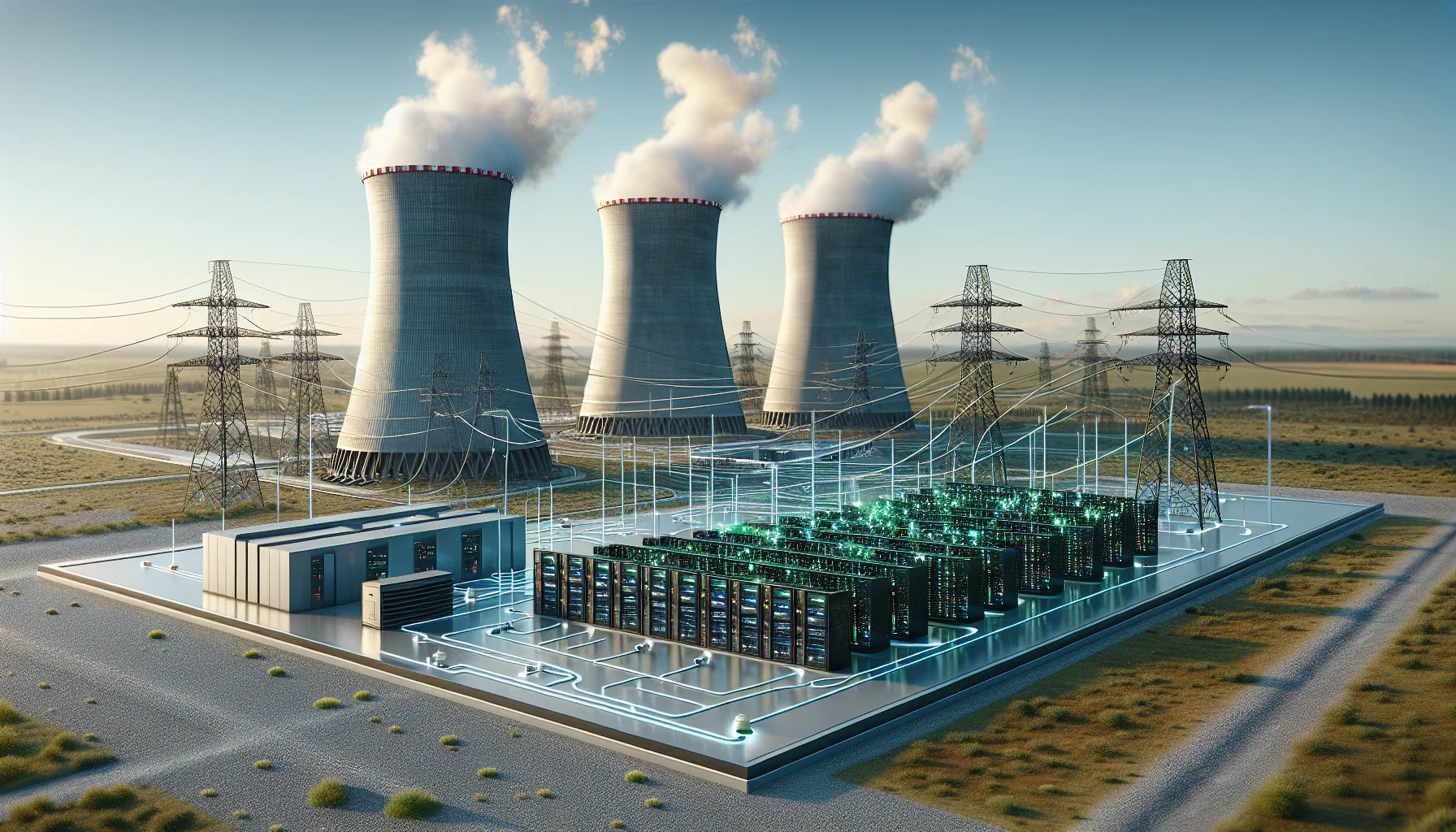As the world races toward an AI-driven future, Silicon Valley is confronting an inconvenient truth: artificial intelligence is a massive energy guzzler. With data centers consuming vast amounts of electricity to power AI, major tech companies are scrambling to find sustainable energy solutions. The answer, it seems, might lie in nuclear energy—a controversial choice that could either make or break Big Tech’s green promises.


AI’s Energy Crisis: The Need for Power
Artificial intelligence has revolutionized industries, but its success comes at a steep environmental cost. Running complex AI systems requires enormous amounts of energy, far more than typical tech operations. For instance, just one year of ChatGPT usage can consume as much electricity as it takes to power New Zealand for three months. As AI adoption increases, so do energy demands, and data centers—where AI computations occur—are becoming energy black holes.
Today, data centers already account for 4% of all electricity usage in the United States. That number is expected to more than double by 2030, reaching 9%. This soaring demand for power is clashing with Big Tech’s pledges to go green. Microsoft and Google both committed to becoming carbon-free by 2030, yet their emissions have risen significantly in recent years, by 40% and 48%, respectively.
The Nuclear Option: Why Big Tech Is Turning to Atomic Energy
With renewable energy sources like wind and solar unable to meet AI’s insatiable power needs, Microsoft, Google, and Amazon are turning to nuclear power. Unlike renewables, nuclear power plants can operate at over 90% capacity, providing a constant and reliable flow of energy that doesn’t depend on weather conditions.
Microsoft recently made waves by partnering with the 3M Island nuclear reactor, infamous for its 1979 accident, to provide power for its future data centers. Google, on the other hand, is investing in small modular reactors (SMRs)—a newer, smaller type of nuclear reactor that promises greater safety and efficiency. Amazon has also jumped on board, signing a deal to build a new nuclear reactor in Virginia to support its Amazon Web Services (AWS) infrastructure.
Small Modular Reactors: The Future of Nuclear Power?
SMRs are being hailed as the next frontier in nuclear technology. Unlike traditional reactors, these smaller units are easier to build and less prone to catastrophic failure. They can be deployed closer to energy-intensive areas, such as data centers, which could make them an ideal solution for Big Tech’s energy challenges.
SMRs are also seen as a stepping stone toward a 100% clean energy future. According to experts, these reactors could play a crucial role in helping the U.S. achieve its goal of carbon-free electricity by 2035, all while supporting the rising demand for energy from AI and other emerging technologies.
Challenges and Risks of Going Nuclear
Despite its benefits, nuclear power still carries significant risks. The public remains wary of nuclear energy, with memories of disasters like Chernobyl and Fukushima still fresh in many minds. Even though modern reactors are much safer, public perception is a major barrier to widespread adoption.
There are also regulatory hurdles to consider. In the past decade, the U.S. has decommissioned seven nuclear reactors, while only two new ones have been brought online. The high cost of building and maintaining nuclear plants, coupled with strict regulations, could slow down the tech industry’s nuclear ambitions.
A Path Forward for AI and Clean Energy?
As artificial intelligence continues to advance, its energy requirements will only grow. Big Tech’s pivot to nuclear energy could offer a solution that aligns with their climate commitments while providing the power needed to keep AI running smoothly. However, overcoming the challenges of public acceptance, regulatory approval, and cost will be critical if nuclear energy is to become a key player in the tech industry’s future.
The question remains: will nuclear energy be the green savior Big Tech is looking for, or is it a risky bet with unpredictable consequences? Only time will tell as the tech industry navigates the complex landscape of AI and energy.